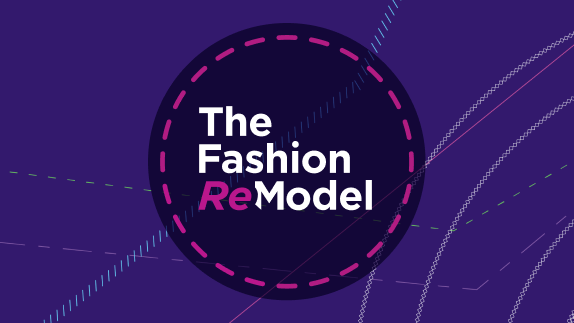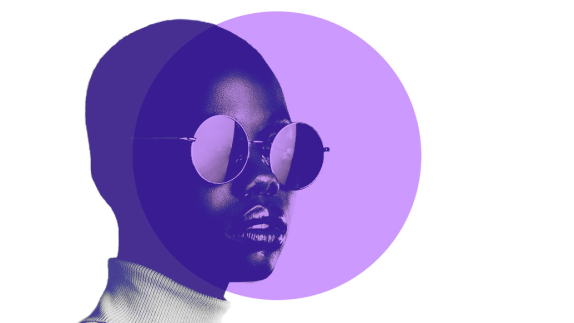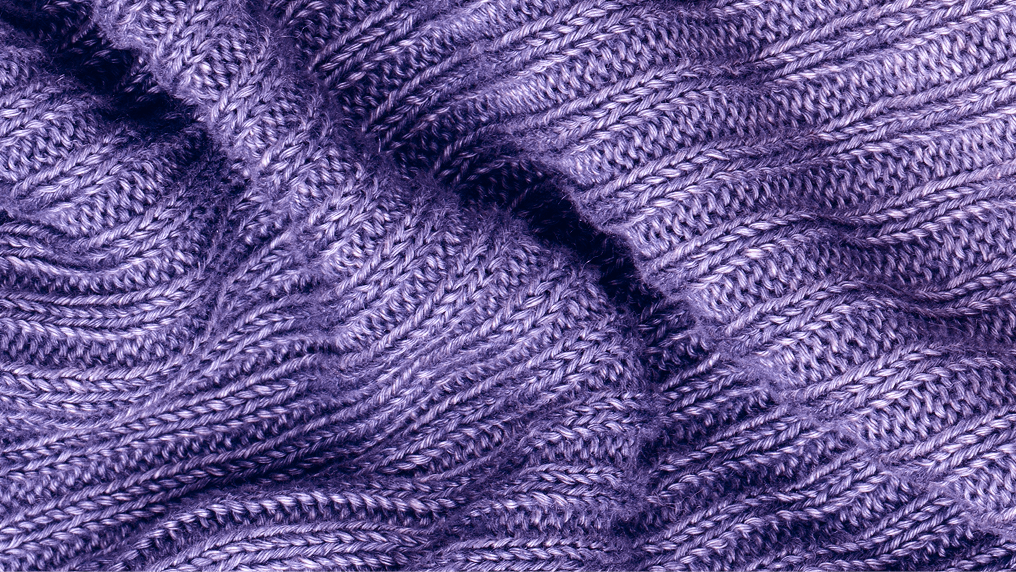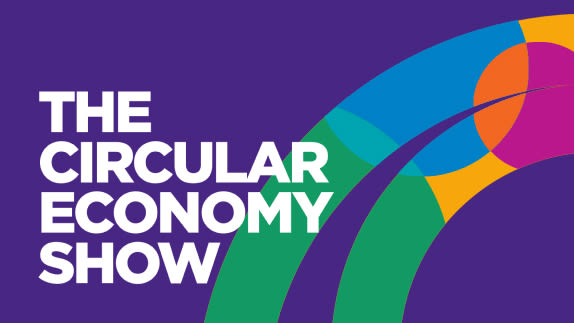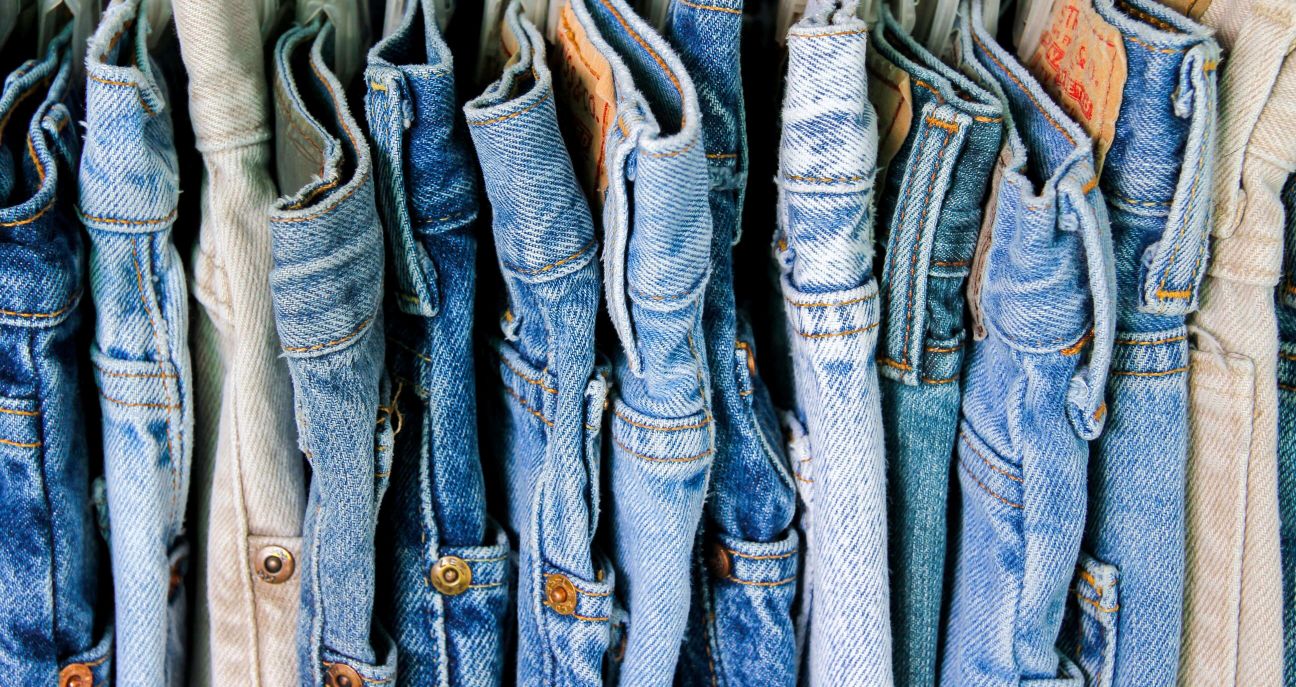Today’s fashion industry is linear. It should be circular. Our vision of a circular economycircular economyA systems solution framework that tackles global challenges like climate change, biodiversity loss, waste, and pollution. It is based on three principles, driven by design: eliminate waste and pollution, circulate products and materials (at their highest value), and regenerate nature. — in which products are used more, made to be made again, and made from safe and recycled or renewable inputs — is an opportunity for fashion businesses to build economic resilience.
Each year millions of tonnes of clothes are produced, worn, and thrown away. Every second, the equivalent of a rubbish truckload of clothes is burnt or buried in landfill. This approach is not only environmentally unstable, it’s economically fragile. Every discarded garment represents financial value lost to both producer and customer.
We need a better system. We need a circular economy for fashion.
Achieving a circular economy can have huge benefits. Fashion businesses can reduce their exposure to raw material supply disruptions and price volatility in a rapidly shifting geopolitical context. There is also wider economic benefits. For instance, it’s estimated that circular business models such as repairrepairOperation by which a faulty or broken product or component is returned back to a usable state to fulfil its intended use., resale, rental and remaking could be worth USD 700 billion by 2030, making up 23% of the global fashion market.
A circular economy for fashion is becoming a reality.
Progress is being made across three pivotal drivers that are needed to shift the system: product design, circular business models, and infrastructure.
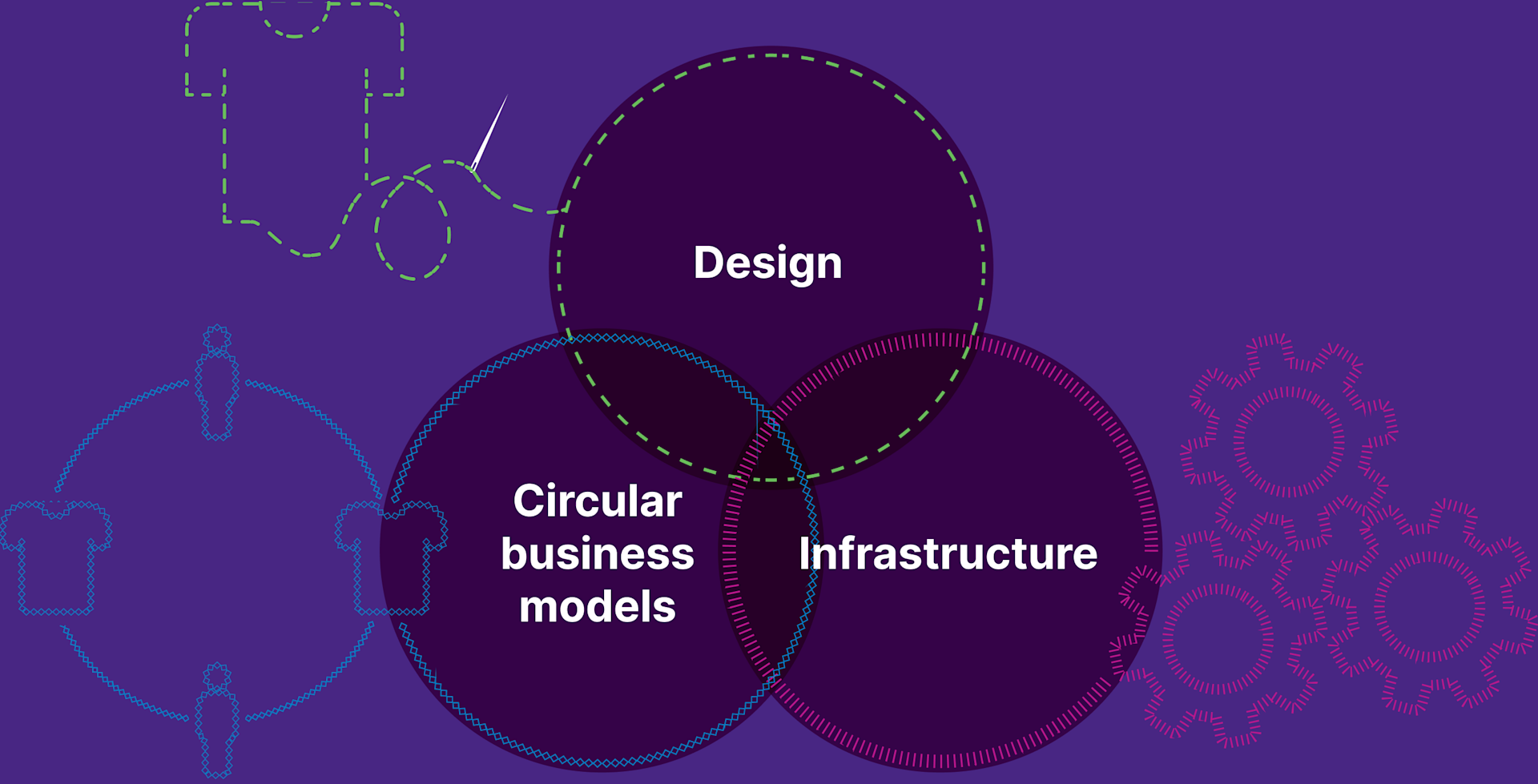
Design
Designing products fit for a circular economy enables our clothes to be used more, made to be made again, and made from safe and recycled or renewable inputs.
The Jeans Redesign demonstrated the viability of circular design at a product level, with more than 1.5 million pairs of jeans brought to market that can be more easily remade, reused, or ultimately recycled.
Momentum is building towards EU policy incentives and regulation in both design standards (ESPR) and extended producer responsibility (EPR) for textiles. We need mandatory EPR policy to establish and scale separate collection systems for fashion products when they become waste, ensuring they can be brought back into circulation.
Customer behaviour and norms are shifting with more people buying resold items than ever before. The success of startups including Depop, Vestiaire Collective, and Vinted has demonstrated the commercial potential of circular business models such as rental, repair, and resale, with global brands also seizing the opportunity — In 2023 Patagonia’s WornWear programme generated USD 5 million in annual revenue.


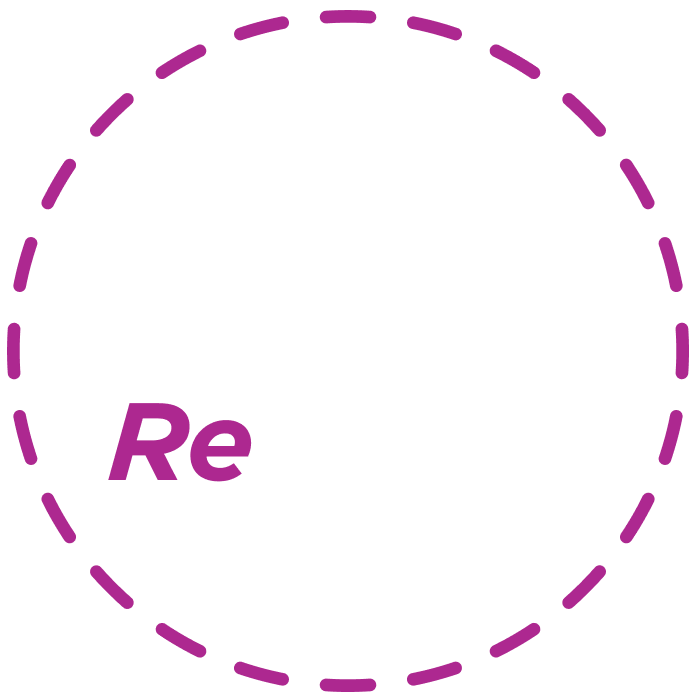
Explore The Fashion ReModel
The Fashion ReModel is designed to demonstrate that circular business models can scale by getting to the heart of a business — its revenue.
The project, working with leading brands, shows we can make the economics work today, while targeting key intervention points to improve commercial viability in the future.
Business leadership is critical in scaling circular business models
There is a compelling business case for fashion companies to start implementing and scaling circular business models, to increase the utilisation of their existing products and decrease the risks associated with sourcing new materials and products.
Although much progress has been made, a key question remains — how can businesses scale circular business models to make money without making new clothes?
Projects
Transforming the ways clothes are made, used and kept in use.

